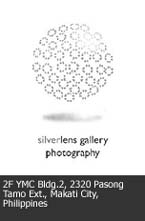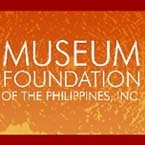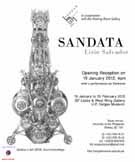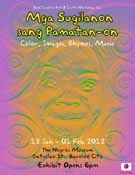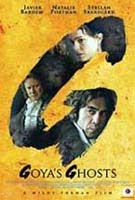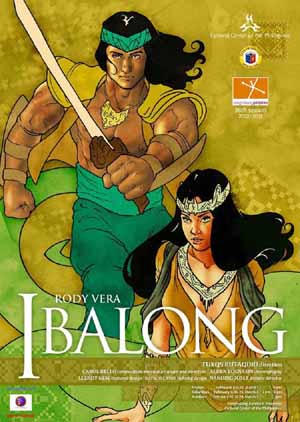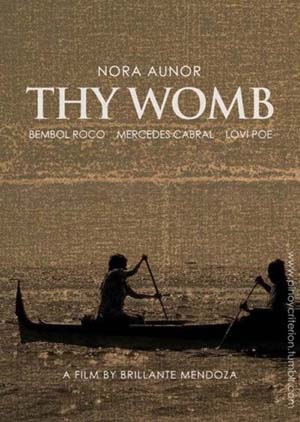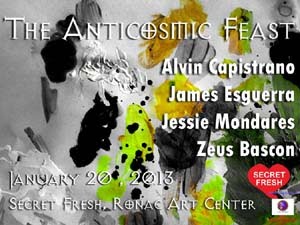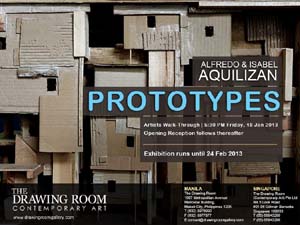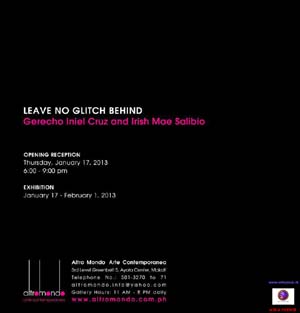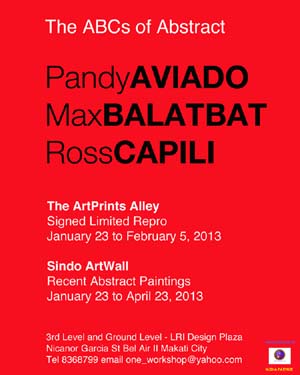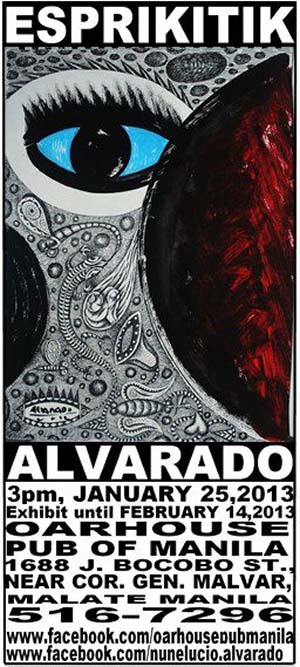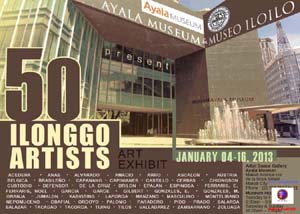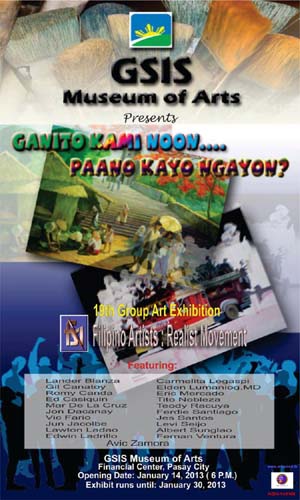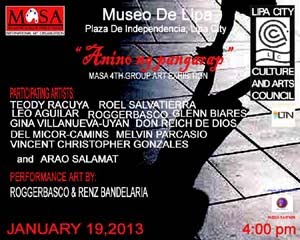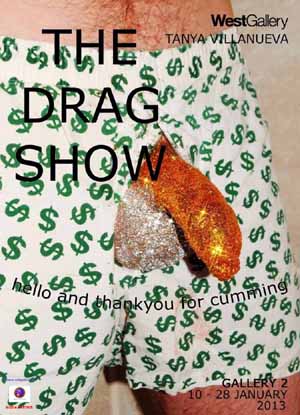
Roma Valles
"Voyage"
About the Exhibition
In Voyage, Roma Valles presents five works in oil that depict man’s journey through life. Painting large-scale everyday scenes and images in realistic, photo-like detail, Valles notes that each of the five pieces “shows a parallelism to everyday challenges and circumstances that we go through.” One of the works, titled “Next in Line” (oil on canvas, 36” x 72”), features a woman waiting in line. “It is a part of life,” observes Valles. “We react to it differently, and how we react to it, patiently or not, gracefully or not, ends up uniquely as a result of our actions.” In “Options,” Valles takes us to a parking lot where there are two cars parked, as if the drivers chose to be early birds. Then, there is “5 a.m. (oil on canvas, 48” x 48”),” where we only see a silhouette of a woman routinely walking through the dark at 5 in the morning. “It shows that familiarity can make our daily lives flow flawlessly, or it may also mean that familiarity can make things very boring.” Valles provides the setting in which viewers can come up with their own stories as the images presented mirror everyday circumstances.
"Voyage"
About the Exhibition
In Voyage, Roma Valles presents five works in oil that depict man’s journey through life. Painting large-scale everyday scenes and images in realistic, photo-like detail, Valles notes that each of the five pieces “shows a parallelism to everyday challenges and circumstances that we go through.” One of the works, titled “Next in Line” (oil on canvas, 36” x 72”), features a woman waiting in line. “It is a part of life,” observes Valles. “We react to it differently, and how we react to it, patiently or not, gracefully or not, ends up uniquely as a result of our actions.” In “Options,” Valles takes us to a parking lot where there are two cars parked, as if the drivers chose to be early birds. Then, there is “5 a.m. (oil on canvas, 48” x 48”),” where we only see a silhouette of a woman routinely walking through the dark at 5 in the morning. “It shows that familiarity can make our daily lives flow flawlessly, or it may also mean that familiarity can make things very boring.” Valles provides the setting in which viewers can come up with their own stories as the images presented mirror everyday circumstances.

Manok Ventura
"Yesterday"
About the Exhibition
Manok Ventura, who is exhibiting his works in Gallery 2, draws inspiration from unpleasant experiences and transforms them into aesthetic masterpieces on canvas. Titled “Yesterday,” the exhibit aims to bring the beauty out of the ugly, reversing and restating those undesirable events into works of art, and inviting viewers “look beyond what the naked eye can see.”

Olan Ventura
"Negative Light"
About the Exhibition
Olan Ventura, fresh off an exhibit in Singapore, returns with Negative Light, a telling depiction of vice and deviance in society. Ventura displays such breakaways from social convention in “negative mode,” playing with the tonal inversions of his subjects’ light and dark areas. Inspired by conversations he’s held with people who work in nightclubs and bars, Ventura notes that the themes presented in his works are really happening and that he is painting them as he saw them. Culled from studies of “positive” images, Ventura reverses them into X-ray-like images where viewers could see them in a different light, and then revealing them as the original positive images through a video presentation. He says that he didn’t need to make any new adjustments in the approach; he just needed to find a reason, an outlet in which he could interpret these “taboo” situations, including a large-scale installation of cigarette butts made from plastic resin and acrylic paints. “I try to discover what is new to me, what I learned from my experiences and the experiences of other people,” says Ventura.





























































